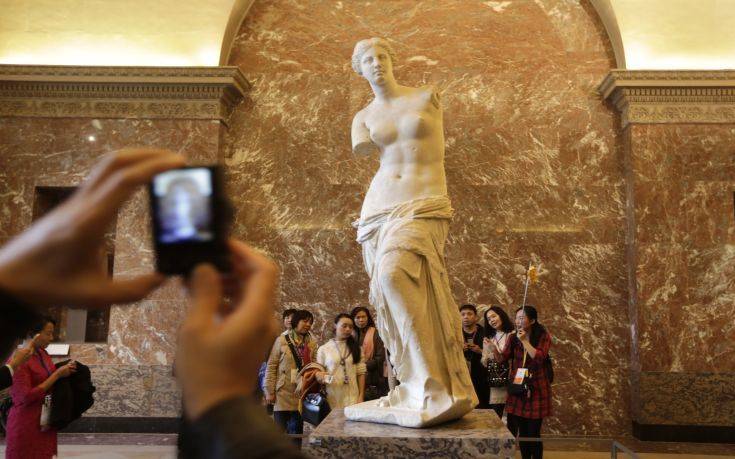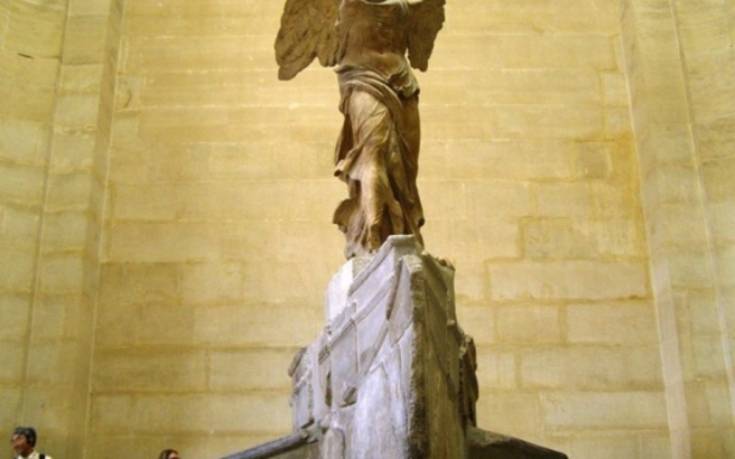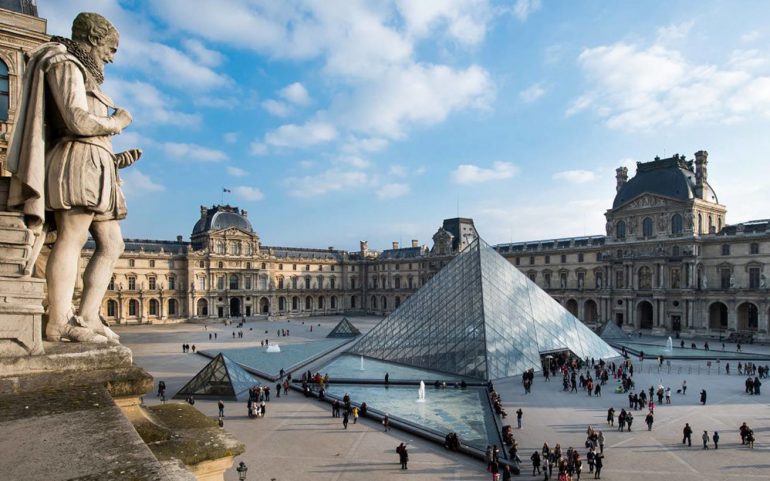An issue that has occupied Greece for many years and is constantly being discussed is Marbles of the Parthenon, the sculptures that were removed by Thomas Bruce, 7ο Earl of Elgin.
In 1803 and 1812 the numerous sculptures from the Parthenon were transferred to Britain and have since been housed in the British Museum. Greece's efforts for their return began in earnest in 1983 following an initiative by then-Culture Minister Melina Mercouri.
The Greek government in early September (2019) brought the case back to the forefront, with Kyriakos Mitsotakis in an interview proposing to the British the exhibition of Sculptures in Athens in 2021, on the occasion of the celebration of the 200 years of national polygenesis.
The Parthenon Marbles, however, are not the only antiquities that have been stolen from Greece and are now in major museums in European countries, attracting millions of tourists to admire them.
Three of the most important ancient Greek finds that made "wings" from Greece are the Aphrodite of Milos, the Victory of Samothrace, but also the Sculptures from the Temple of Apollo the Auxiliary.
Aphrodite of Milos - Louvre Museum
It is estimated that more than 8.500 Greek antiquities are in many museums abroad and it is not only the British who exhibit "treasures" of ancient Greek culture.
The French own and exhibit at Louvre museum the famous statue of Aphrodite of Milos.
The marble statue was found in 1820 by a farmer, when he dug his field in Klima of Milos. A little further on, French officers made excavations for antiquities and as soon as the farmer found a marble, two French sailors who participated in neighboring excavations ran to help him.
The man who made the discovery initially wanted to protect the find, but the French insisted on excavations so they found the second part of the statue. Then French officials began negotiations and managed to get the statue in Paris, with the consent of the Ottomans.
Aphrodite of Milos was presented in the Champs Elysees a few days before the Greek revolution and now the statue is on display at the Louvre, which sent as a "gift" to Milos a copy for the museum of the island.
The Victory of Samothrace - Louvre Museum
One of the most important exhibits of the Louvre Museum, apart from the Aphrodite of Milos, is another great work dating from 190 BC, made of white Parian marble. The reason for Victory of Samothrace.
The sculpture represents the winged goddess Nike and was found in the sanctuary of the Great Gods in Samothrace. The excavation took place in 1863 under the leadership of Carlos Sampuazo, who had received permission from the Ottomans for the archeological mission.
With brief procedures the statue was transported with the help of the French navy to the Louvre Museum in May 1864, while 20 years later its restoration was largely completed with the remaining pieces that had been located.
The French, however, protected the Victory of Samothrace, as well as the Aphrodite of Milos, during the war, moving the exhibits to a safer location in August 1939, namely the Chateau de Valencay.
It should be noted that there were moves from the Greek side in order for the statue to return to its homeland, but this was never realized.

Sculptures from the Temple of Apollo Epicurean - British Museum
The classic church of Epicurean Apollo is founded on the natural rock of Mount Kotilio in a specially designed stadium. The location of the temple was called Bassai (small valleys) in antiquity and was hosted from the 7th century BC. sanctuary of Apollo Vassitas founded by the neighboring Figalei, who worshiped the god with the nickname Epicurean, ie helper, supporter in war or disease.
Dated to 5ο century BC and is attributed to Iktinos, the architect of the Parthenon.
The monument due to Iktin is also called the "Second Parthenon", it was declared a World Heritage Site by UNESCO, but part of the frieze is on display in the British Museum in London.

The Temple was looted and 23 plaques depicting the Amazon War and the Centaur War were moved in 1815 to British museum, after the excavation of 1812.
As in previous cases, the "key" to the abduction was the Ottomans. The pasha of the Peloponnese at that time was Veli pasha, son of Ali, from whom the Europeans got permission for the excavation as long as they gave him half the booty.
Veli Pasha was waiting for gold and so he was disappointed with the findings, as a result of which he refused to receive his share. However, he was satisfied with 400 pounds, an amount much less than the real value of the sculptures.
